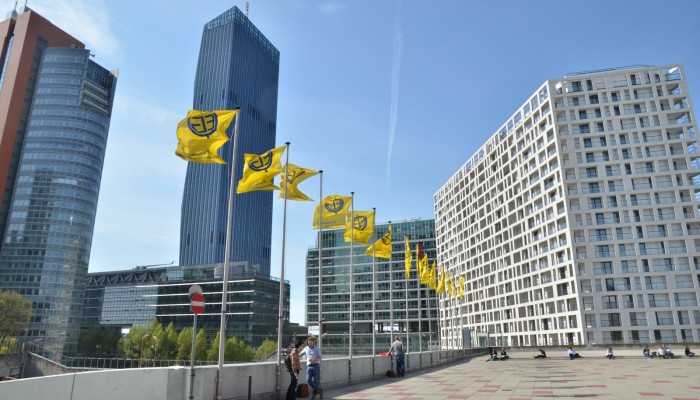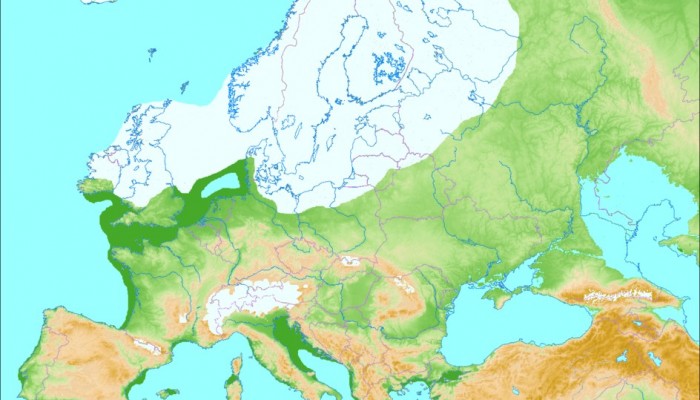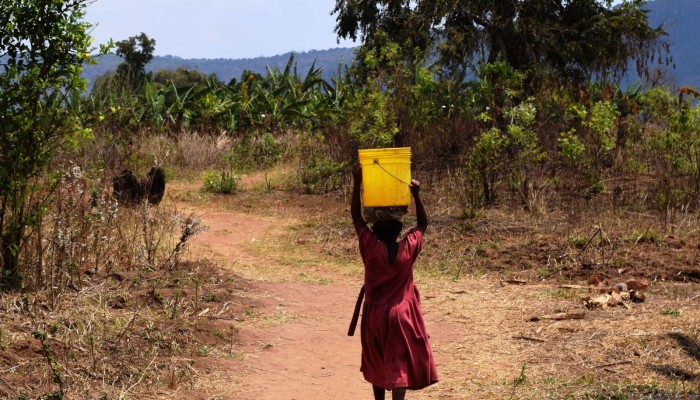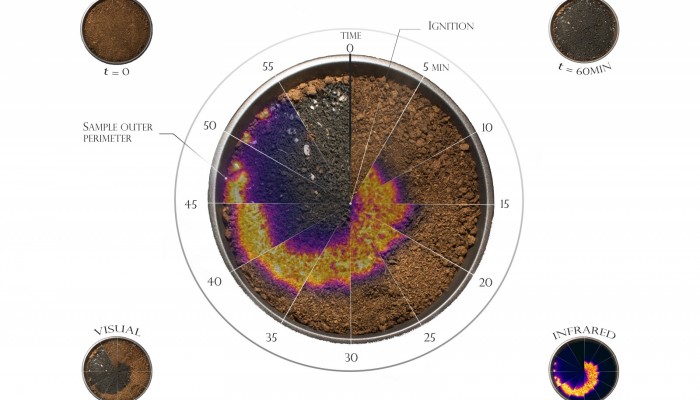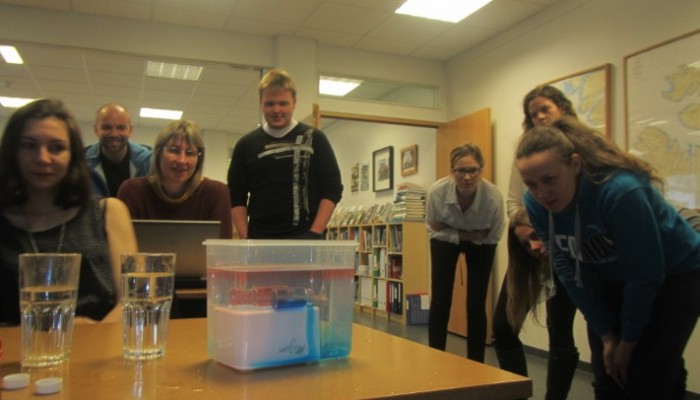Will you be blogging at the 2016 General Assembly? If so, sign up here and we’ll add you to our official blogroll. We will be compiling a list of blogs that feature posts about the EGU General Assembly and making it available on GeoLog, the official blog of the European Geosciences Union. We’d ask you to write posts that relate directly to the Assembly during the conference in Vienna (17 – 22 Apri ...[Read More]
Cryospheric Sciences
Image of the Week — Last Glacial Maximum in Europe
During the last ice age*, ~70,000 to 20,000 years ago, the climate was much colder in Europe. As a result, the northern part of Europe was fully covered by the Fennoscandian (a.k.a the Scandinavian ) ice sheet, which extended up to the British Isles and some parts of Poland and Germany. In central Europe, the Alps were also almost fully glaciated. The storage of all this ice on the continent lower ...[Read More]
GeoLog
EGU 2016 General Assembly programme is now online!
The EGU General Assembly 2016 programme is available here. Take a look and – if you haven’t already – register for the conference by 17 March to make the early registration rates! The scientific programme of this year’s General Assembly has been updated since 2015 and now includes Union-wide Sessions, such as Special Scientific Events (Medal Lectures, Great Debates and many more) short courses and ...[Read More]
Geomorphology
More than meets the “I”: The Retirement of a Mentor – Young Scientists and Their Inheritance
In preparation for the laudation of her retiring mentor – Professor Richard Dikau – Katharina Eibisch from the University of Bonn (Germany) thought about some life lessons she learned throughout her first year as a young researcher. – written by Katharina Eibisch, University of Bonn – We as Geomorphologists are not only concerned with the shape of a form but also with its materia ...[Read More]
Geology for Global Development
The Impacts of Climate Change on Global Groundwater Resources (Part 1 of 4)
Christopher Barry is a doctoral researcher at the University of Birmingham. He has written for the GfGD Blog in the past – detailing his contribution to water projects in Burkina Faso and fundraising efforts to support such work. We have recently added a briefing note to our website, written by Christopher, describing the role of climate change on global groundwater resources. You can access ...[Read More]
Seismology
Article submission and resubmission
Guest writer Kathrin Spieker is back with her thoughts and experience about how to improve writing skills specifically aimed for publishing in scientific journals. This post is part of a series. Kathrin is a young seismologist who has recently started publishing her own research as part of her PhD study. In a previous post (The publication circle) we had a closer look at the writing process, which ...[Read More]
GeoLog
GeoTalk: Fishing meets science with waders and smartphones
Dutch and American researchers have developed waders equipped with temperature sensors that enable fly-fishers to find the best fishing locations while collecting data to help scientists study streams. The research is published today (29 February) in Geoscientific Instrumentation Methods and Data Systems (GI), an open access journal of the European Geosciences Union. In this GeoTalk interview we t ...[Read More]
GeoLog
Imaggeo on Mondays: Fire Watch Constellation
Wild fires: raging walls of flames, capable of burning down swathes of pristine, sometimes protected and ancient, landscapes have been causing havoc around the globe. Managing and controlling them is no easy task; they can unexpectedly change their course with the wind and jump across rivers, roads and man-made fire breaks. The significant threat they pose, and damage they can cause, to valuable e ...[Read More]
GeoLog
GeoEd: One example of how playing works in outreach activities!
This month’s GeoEd post is brought to you by Dr. Mirjam S. Glessmer. Mirjam, is a physical oceanographer and now works as Coordinator of Teaching Innovation at Hamburg University of Technology. Mirjam blogs about her “Adventures in Teaching and Oceanography” and tweets as @meermini. Get in touch if you are interested in talking about teaching and learning in the geosciences! In my last post, I tal ...[Read More]
Green Tea and Velociraptors
Why I think the Jurassic/Cretaceous boundary is super important
This was originally posted here. Mass extinctions are insanely catastrophic, but important, events that punctuate the history of life on Earth. The Jurassic/Cretaceous boundary, around 145 million years ago, was originally thought of to represent a mass extinction, but has subsequently been ‘down-graded’ to a minor extinction event based on new discoveries. However, compared to other i ...[Read More]

